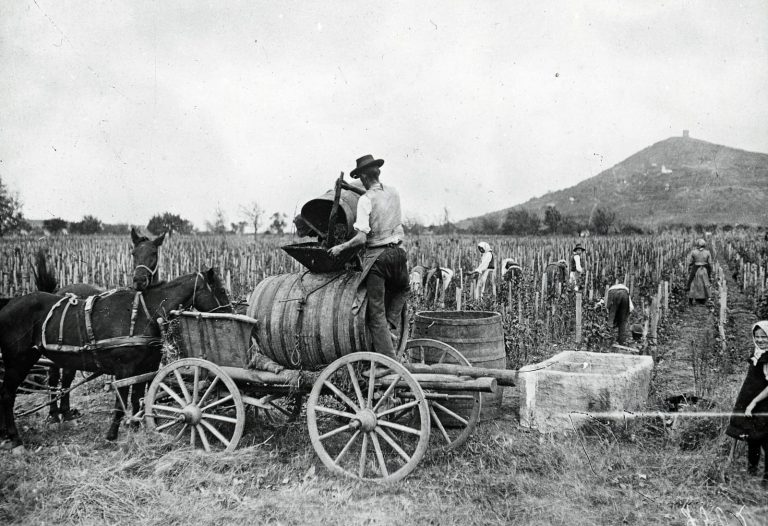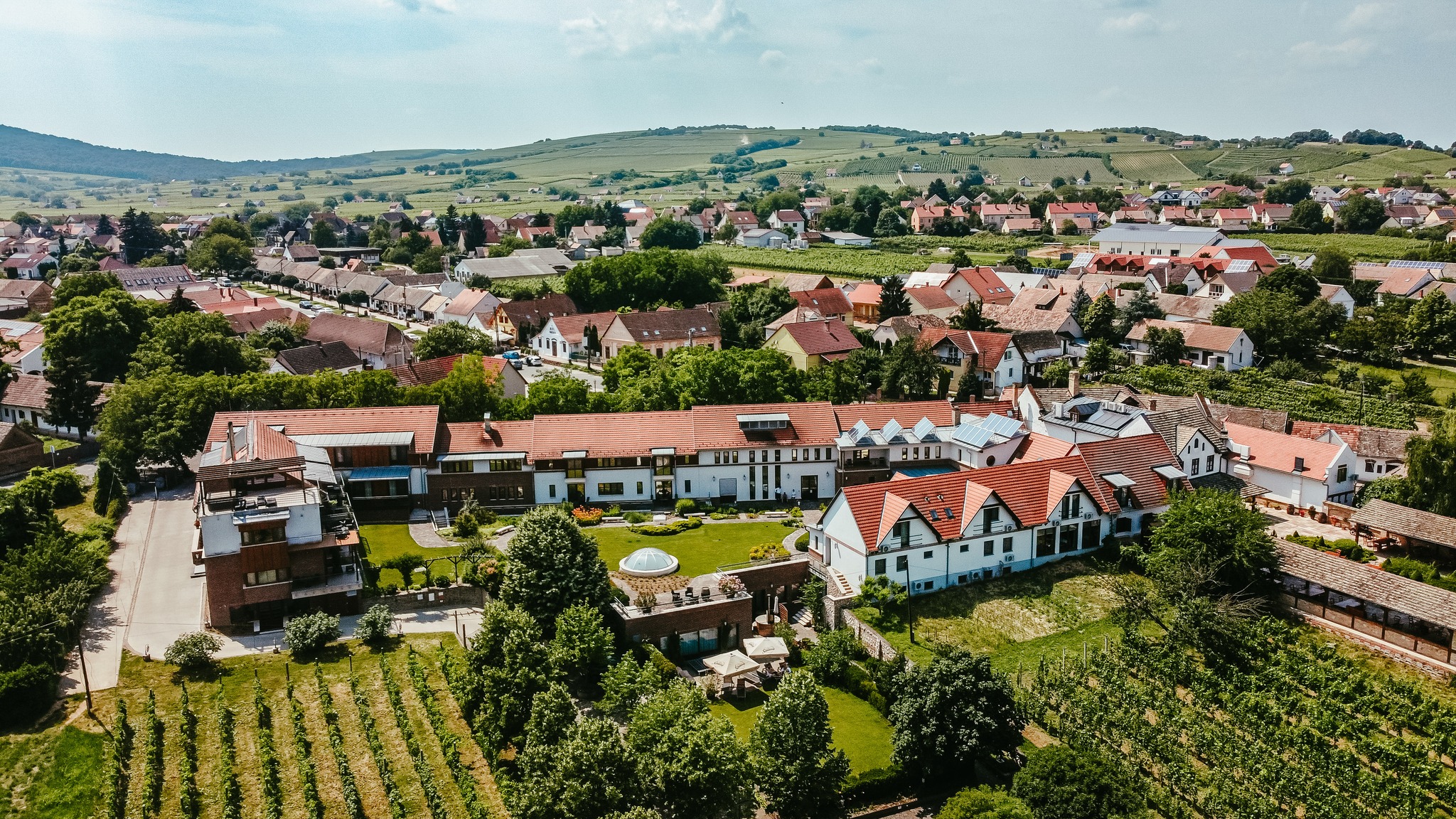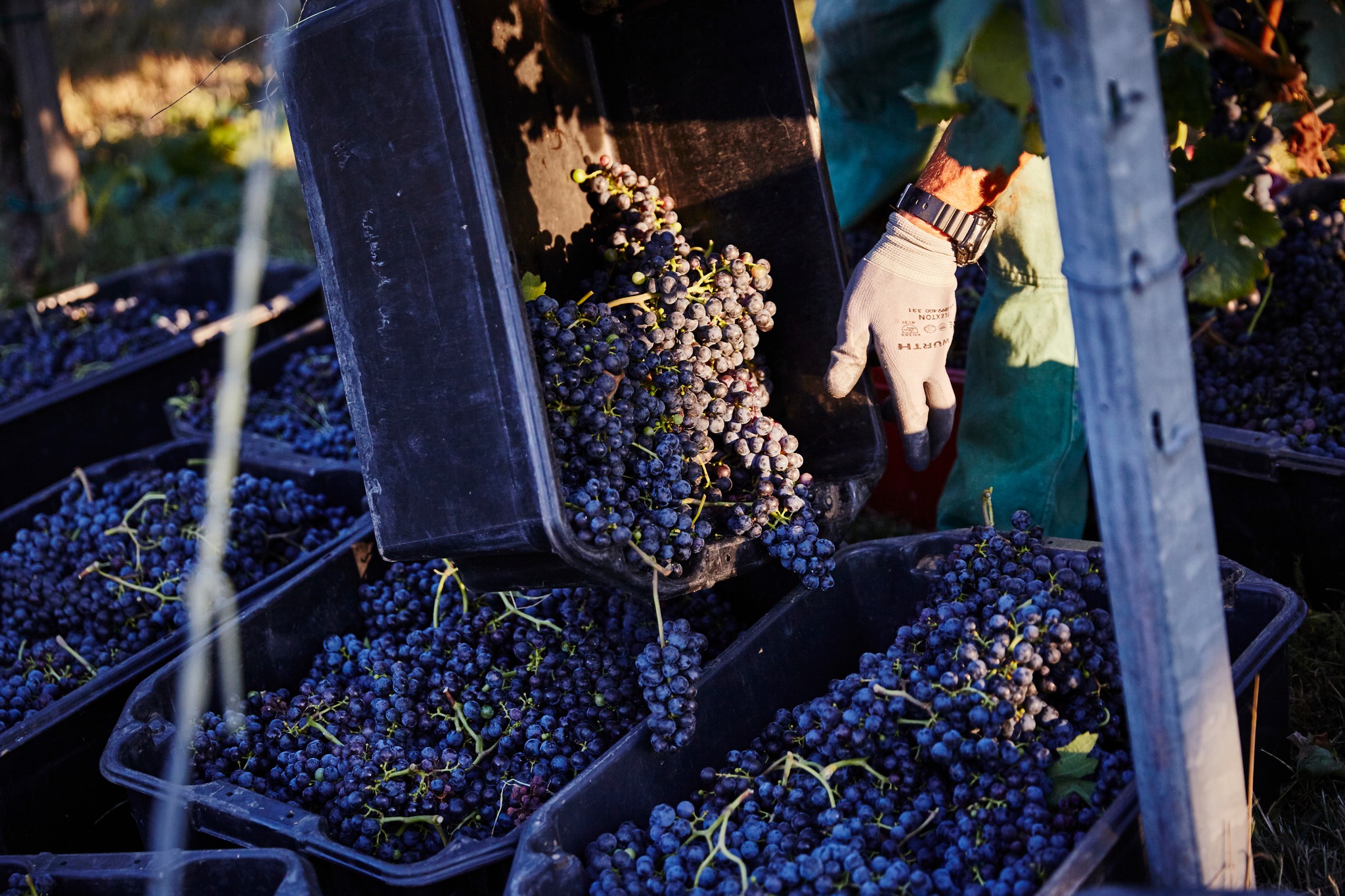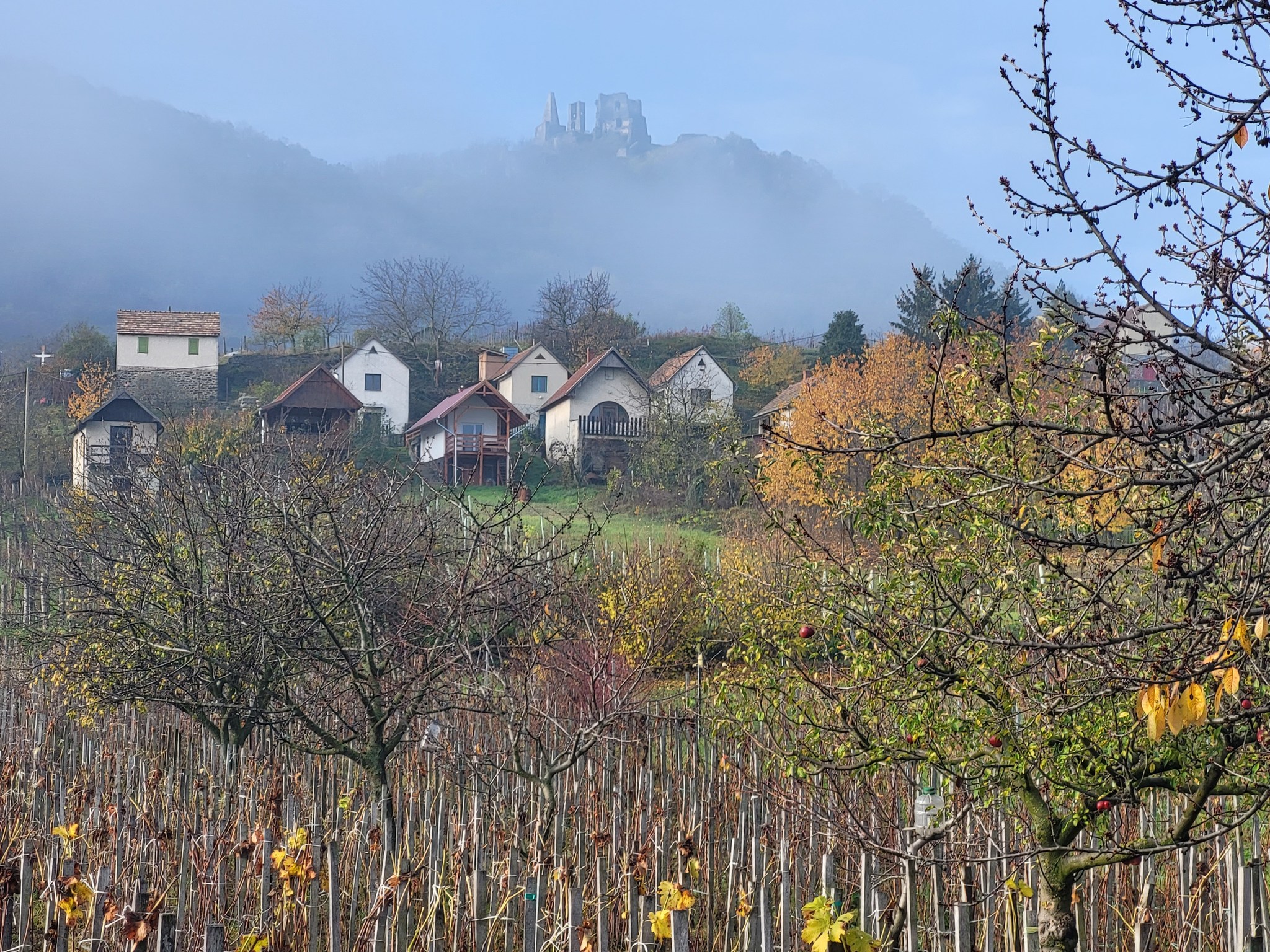
Bodor Winery's 2016 vintage Cabernet Sauvignon has been named Hungary's best red wine at the Winelovers Wine Awards 2023.Continue reading

The grape harvest is in full swing, as everywhere in the country there are harvest festivals and crowds of people celebrating and having fun. The traditions of grape harvesting in Hungary date back centuries.
Neither the work that precedes the harvest festivals has changed over the centuries, nor has the fact that even in the big wineries you can count on the help of relatives and friends. The incomparable panorama of the vineyards also fires up the imagination of real-estate investors, as a wine cellar is a great asset even for laymen.
Viticulture has been practiced in the Carpathian Basin for centuries, and although harvest festivals are still held today, the event used to have a much greater tradition: in the 16th and 17th centuries, even law enforcement was suspended during the grape harvest.

Grape harvest in 1914. Photo: Facebook/Szucs Sandor
Harvest balls had a special social significance, and in some villages it was believed that if you did not find a partner at this ball, you would remain single forever. According to tradition, the women picked the grapes while the men gathered the harvest in vats.
Andrea Gere, representative of the seventh generation of the Villány winemaking family, told news site Világgazdaság that nowadays, during the grape harvest, the number of employees in the vineyards doubles, i.e. they employ about forty people. The labor is provided by contractors who hire seasonal workers. Day laborers harvest the grapes for 1,900-2,000 forints per hour (around 5 euros).

Villány in Baranya County, Photo: Facebook/Gere Attila Pincészete
The harvest at the Gere winery lasts from the second half of August to mid-October and starts with light white and rosé wines and ends with heavy red wines.
The weather must be constantly monitored, because the balance of the wine can depend on just half a day.
The Gere family has a tradition of decorating the last tractor to leave the vineyards and toasting the vintage with a glass of wine when it arrives. However, since wine-making is still going on that day, the real fun is when the whole process is finished.

Photo: Facebook/Gere Attila Pincészete
Árpád Tomcsányi, a winemaker who cultivates three hectares in Somló, Veszprém County in western Hungary, believes that one should not think in terms of seasonal work, but in terms of year-round cooperation. For this reason, the same people are always called in to help. Usually they are people from the region who work in factories, but they also work in agriculture to supplement their income.

Vineyards in Somló with a view of Somló Castle. Photo: Facebook/Somló Kincse Kézműves Kispince
On days when more people are needed, they mobilize their relatives to reinforce the team with locals – a model that obviously does not work for larger wineries.
For us, the grape harvest is also partly a community event,
friends and relatives from further afield are welcome to participate. When the start of the harvest is announced on social media, people who live and work in the city but want to experience the winemaking process firsthand also regularly come,” says the winemaker.

Photo: Facebook/Badacsonyi Szüret
At the end of the day, in most places the harvest celebrations ended with a wreath-laying on the grapes. The grapes were then hung on a tree or metal rod and used in a popular game called “pipe games.” Piper and grape thieves were appointed, and while the piper had to guard the grapes on the wreaths, the others had the task of stealing as many as they could. If they were caught, the thieves received funny punishments.
Via Ungarn Heute, Featured image: Facebook/Gere Attila Pincészete